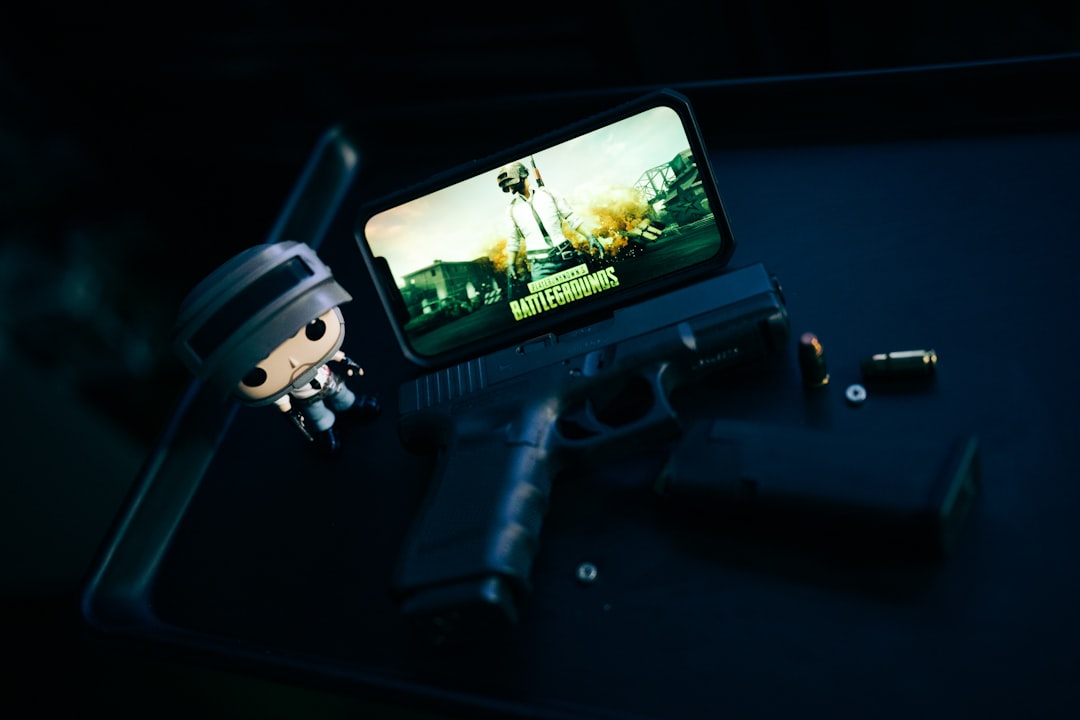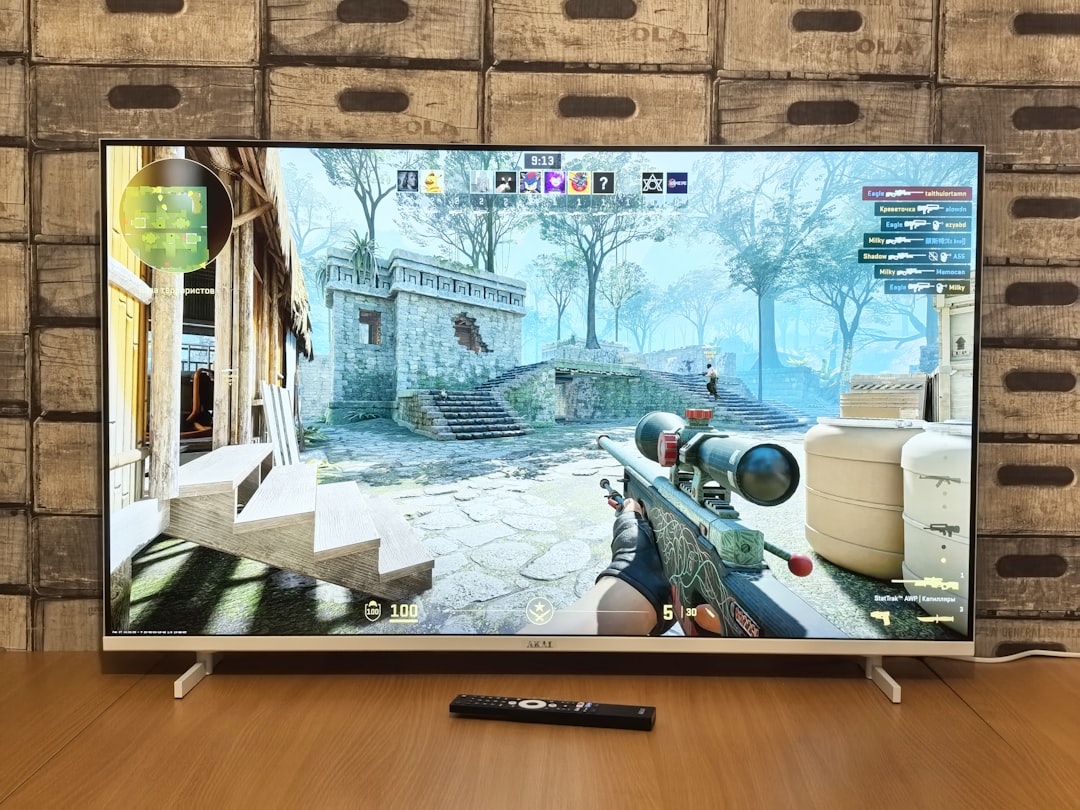Overwatch 2 is offering players a refreshed way to experience its fast-paced gameplay, with updated visuals, new heroes, and improved mechanics. But to truly appreciate all the visual enhancements the game has to offer, PC gamers often strive to get the best resolution possible. That’s where 1440p graphics come in. Playing Overwatch 2 in 1440p can give you a striking balance between crisp graphical detail and responsive performance, especially important for competitive FPS gameplay.
In this guide, we’ll walk you through how to enable 1440p graphics in Overwatch 2 on your PC step by step. Whether you’re new to the world of PC tweaking or a seasoned enthusiast, understanding the requirements and settings that make 1440p possible will help you maximize the game’s visual experience.
Why Choose 1440p?
Before diving into the technical setup, it’s essential to understand what 1440p resolution brings to the table. Also known as QHD (Quad High Definition), 1440p (2560×1440 pixels) offers four times the resolution of standard 720p and significantly more pixel density compared to 1080p. This translates into:
- Sharper textures and details in maps, characters, and UI.
- Better clarity at longer distances, a vital advantage in competitive shooters.
- A smoother experience on high-end systems without the heavy demands of full 4K.
Whether you’re looking to boost your immersion or gain a slight edge in a Twitch shooter like Overwatch 2, 1440p is an excellent middle ground between performance and image quality.
System Requirements for 1440p
Running Overwatch 2 at 1440p requires more than just flipping a setting in the in-game menu. Your system needs to have the hardware capable of delivering decent frames per second (FPS) at that resolution. Typically, you’ll want:
- Monitor: A display that supports a native 2560×1440 resolution.
- Graphics Card (GPU): A mid-to-high tier GPU. NVIDIA’s RTX 3060 or AMD’s RX 6700 XT and above are ideal for 1440p gaming.
- CPU: A modern quad-core or better processor like Intel i5 (10th Gen or newer) or AMD Ryzen 5 series.
- Memory: Minimum 16GB RAM.
- Up-to-date drivers: Ensure your graphics drivers are the latest version for optimal performance and compatibility.

Step-by-Step: How to Enable 1440p Graphics in Overwatch 2
Now that you know what’s required, let’s guide you through enabling 1440p graphics in Overwatch 2.
1. Check Your Monitor’s Resolution
First and foremost, ensure your monitor supports a native 2560×1440 resolution:
- Right-click on your desktop and select Display settings.
- Scroll down to Display resolution.
- Select 2560 x 1440 (recommended) from the dropdown menu.
- Click Keep Changes to confirm.
If this option isn’t available, your monitor might not support 1440p, even if your graphics card can handle it.
2. Launch Overwatch 2
Open the Battle.net app, navigate to Overwatch 2, and press Play. Once you’re in-game, follow the next steps to modify your resolution settings.
3. Set Display Mode and Resolution in Overwatch 2
Within the main menu, do the following:
- Go to Options from the main menu.
- Navigate to the Video tab.
- Set Display Mode to Fullscreen for the most consistent performance and resolution scaling.
- Under Resolution, select 2560 x 1440 from the dropdown list.
- Ensure Resolution Scale is set to 100% to avoid blurriness.
After adjusting these, tap Apply in the bottom right corner. If everything is set correctly, your game will shift into beautiful 1440p rendering.
4. Adjust Graphics Quality
To maintain smooth gameplay, find the right settings balance for your hardware:
- High-end GPUs: Feel free to set graphics quality to High or Ultra.
- Mid-tier GPUs: Try Medium settings to maintain 60+ FPS.
- Use NVIDIA DLSS or AMD FSR: If available, these technologies upscale lower resolutions for better performance with minimal loss in visual quality.

Improving Performance at 1440p
Even with the right resolution, gameplay experience can suffer if frame rates drop. If you find 1440p taxing your system, consider these options to boost FPS without drastically reducing visual fidelity:
- Turn off V-Sync: It can introduce input lag. Use G-Sync or FreeSync instead if supported.
- Lower shadow and reflection details: These are resource-intensive and can be turned down to medium or low.
- Adjust anti-aliasing: Use medium or disable altogether to free up GPU resources.
Benchmarking Your Setup
After you’ve enabled 1440p and adjusted your settings, it’s time to test. Consider using Overwatch 2’s in-game Performance Stats to see real-time FPS, GPU and CPU load.
To enable performance stats:
- Go to Options > Video.
- Find Display Performance Stats and set it to On.
- During gameplay, monitor your FPS counter to ensure you’re consistently above 60 FPS for a smooth experience.
If you’re still not satisfied with your performance, it may be time for a hardware upgrade or further fine-tuning using third-party tools like MSI Afterburner to monitor resource usage.
1440p vs Other Resolutions
It’s helpful to compare 1440p to other popular resolutions to see where it stands:
| Resolution | Pixel Count | Performance Demands | Visual Clarity |
|---|---|---|---|
| 1080p (FHD) | 1,920 x 1,080 | Low | Moderate |
| 1440p (QHD) | 2,560 x 1,440 | Moderate | High |
| 2160p (4K UHD) | 3,840 x 2,160 | High | Very High |
For many, 1440p presents the ideal compromise. You get an upgraded visual experience over 1080p without fully sacrificing performance as 4K might require.
Final Thoughts
Enabling 1440p graphics in Overwatch 2 provides a noticeable upgrade in visual clarity and game immersion. By ensuring your monitor and hardware are up to par, tweaking in-game settings, and balancing graphical detail with performance, you can enjoy competitive FPS gameplay without compromise.
Remember, the goal isn’t just to increase resolution but to maintain a smooth and responsive experience while doing so. With the right setup, Overwatch 2 becomes not just a game, but a visual treat that complements its exhilarating action.




Leave a Reply